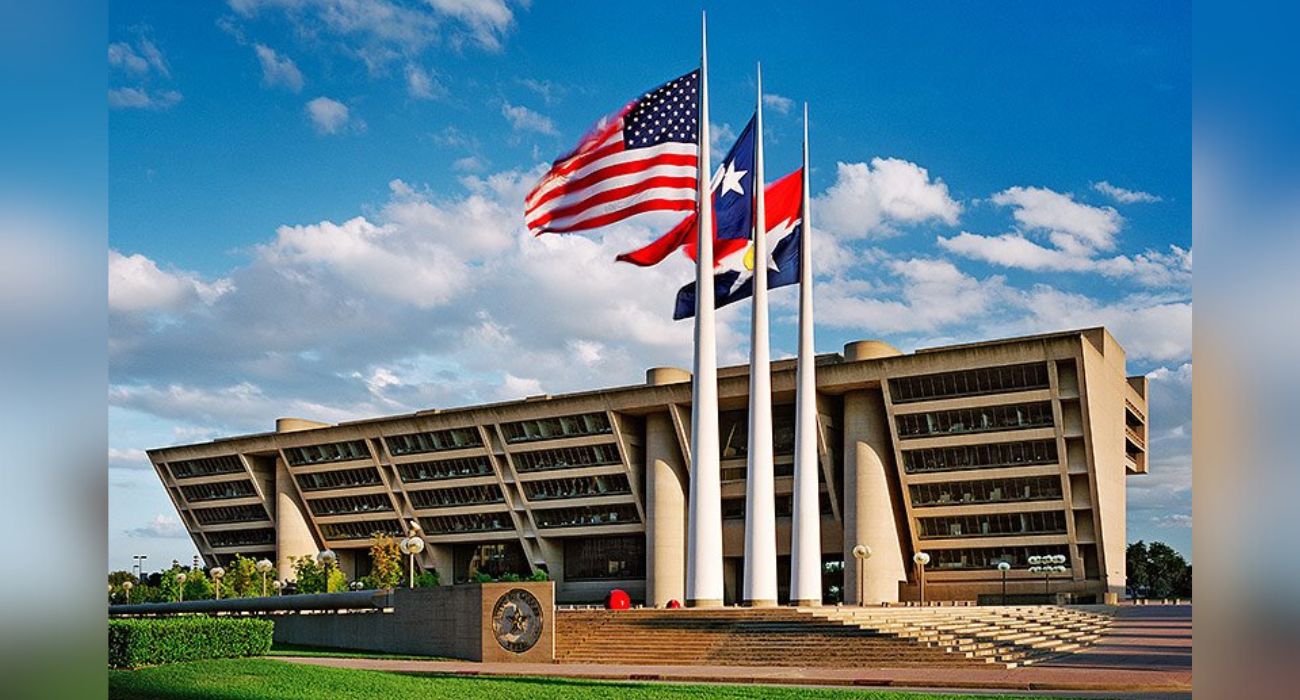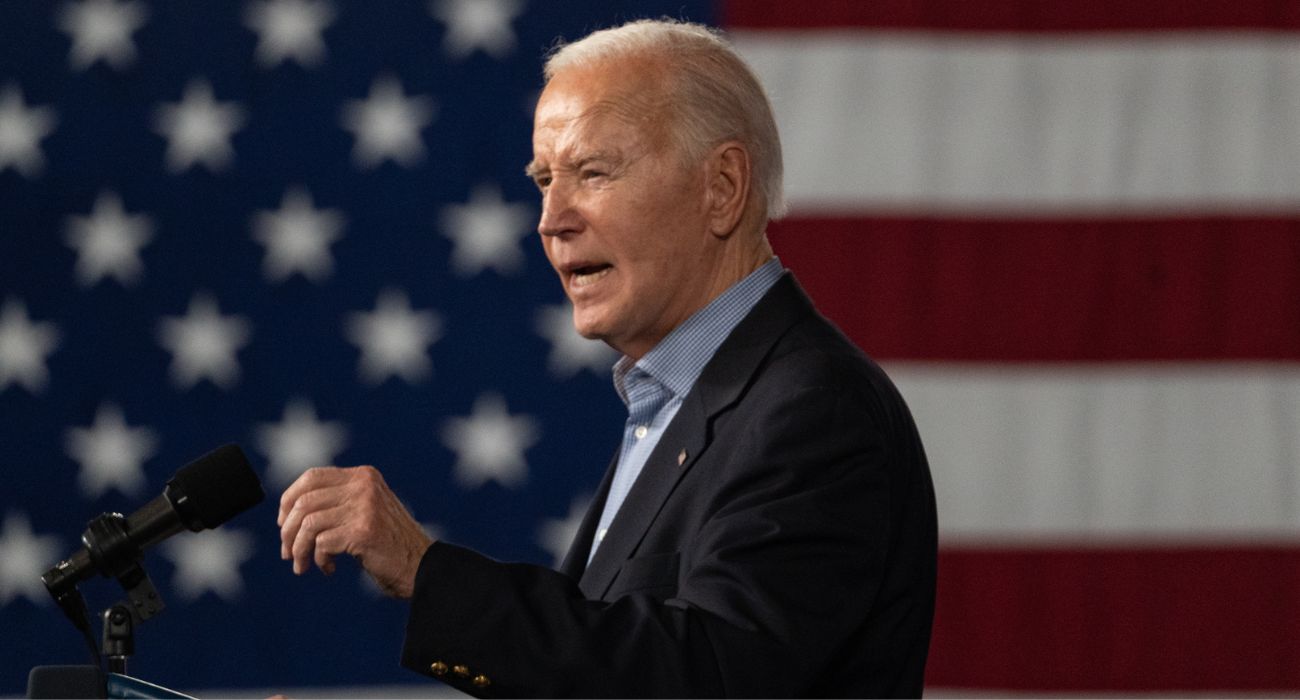Today is Labor Day, a welcome reprieve from work for many at the end of summer that provides an opportunity to enjoy parades, picnics, and barbecues.
In the days leading up to America’s entry into World War II, President Franklin D. Roosevelt gave one of the more famous Labor Day speeches, encouraging the nation to work hard to “crush Hitler and his Nazi forces.”
He continued, explaining, “American workers, American farmers, American businessmen, American church people — all of us together — have the great responsibility and the great privilege of laboring to build a democratic world on enduring foundations.”
The origins of the holiday stretch back to the Gilded Age of American history in the 1870s and 1880s. Mass industrialization rapidly changed the landscape of the nation’s economic makeup.
Despite increases in national prosperity, many workers viewed the system as exploitative and unfair, leading to a series of violent strikes and the rise of labor unions. Events like the Great Railroad Strike of 1877, the Southwest Railroad Strike of 1886, and the Haymarket Square Riot of 1886, among others, reflected a deep dissatisfaction in the American working class.
The Department of Commerce and Labor recorded around 37,000 strikes and 1,546 lockouts between 1881 and 1905. Some 341 strikes occurred in Texas alone, involving nearly 40,000 workers.
During this time of upheaval, labor movement leaders like Peter McGuire and Matthew Maguire called for a day to celebrate workers. Their efforts culminated in the Central Labor Union planning the first Labor Day parade in New York City on September 5, 1882.
Only 12 years later, nearly two dozen states had adopted the holiday. However, it did not become a federal holiday until President Grover Cleveland signed legislation in 1894.
While many labor strikes at the time were peaceful, some notable ones turned bloody, such as the Pullman Strike. Led by the socialist Eugene V. Debs, nearly 250,000 railroad workers across 27 states boycotted trains carrying cars built by George Pullman.
President Cleveland ordered elements of the army to break up the strike after a court injunction ruled that the strike leaders had illegally conspired to inhibit interstate commerce and the transportation of mail.
Cleveland explained that he deployed the military to protect U.S. property and remove “obstructions to the United States mail.” He ordered “all persons engaged in or in any way connected with such unlawful obstructions, combinations, and assemblages to disperse and retire peaceably to their respective abodes.”
However, when troops arrived in Chicago, conflict broke out. Several dozen people were killed, and dozens more were injured. Hundreds of train cars were destroyed, and some $80 million in property was damaged ($2.76 billion today).
The strike was broken, and Debs was imprisoned, but tensions remained high across the country. Congress unanimously passed the legislation necessary to make Labor Day a holiday as a gesture of peace, and Cleveland signed the law shortly after the Pullman Strike ended.
Today, however, Labor Day is not characterized by massive strikes or federal military intervention. Instead, families have the opportunity to take a break from work and enjoy the fruits of their labor.
Note: A version of this article was published on September 5, 2022.






